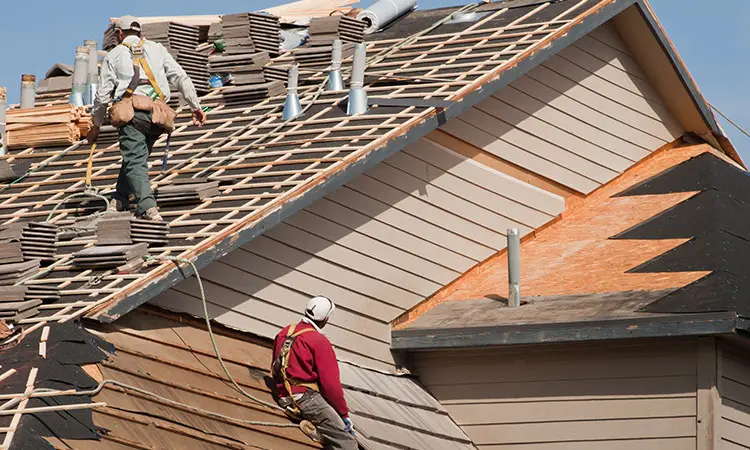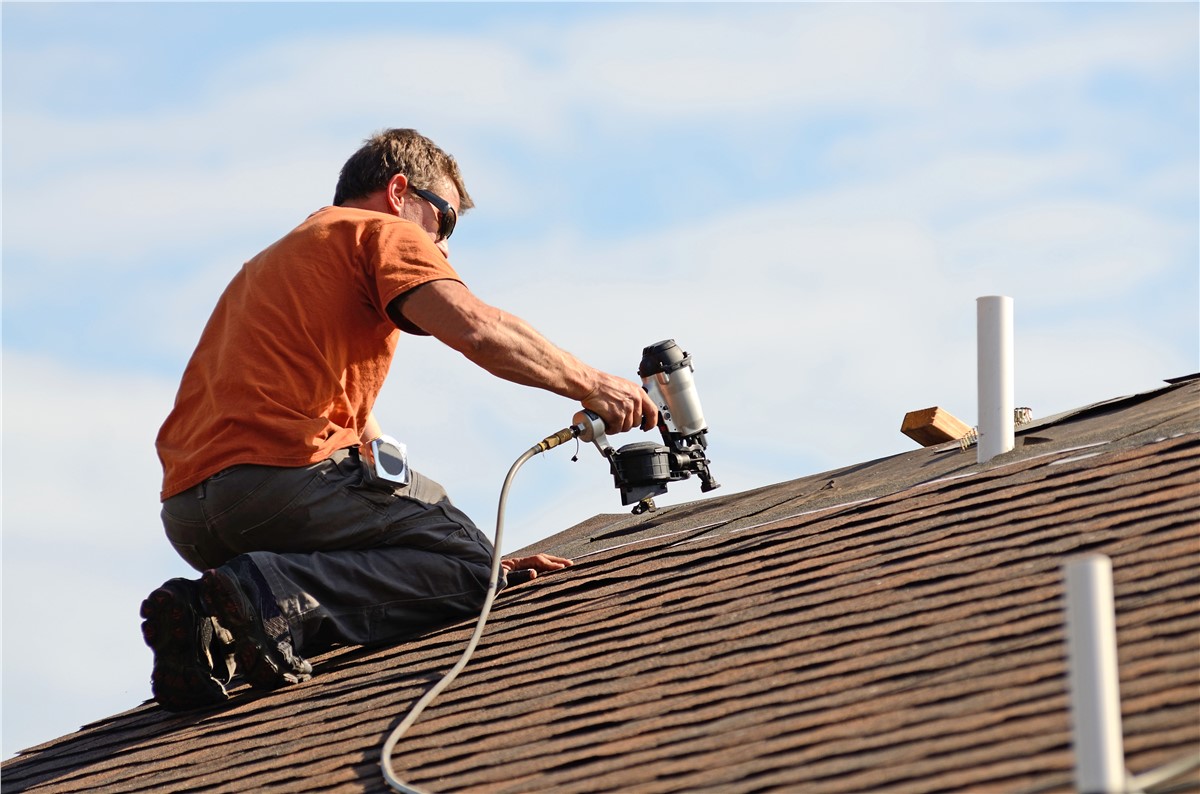Roof Repair Oahu: Quick and Affordable Roof Repairs Near You
Roof Repair Oahu: Quick and Affordable Roof Repairs Near You
Blog Article
Understanding the Different Kinds Of Roof Coverings: A Comprehensive Guide for Homeowners
With an array of alternatives-- varying from the standard gable to the modern flat-- each kind presents distinct benefits and challenges that should straighten with the house owner's environmental considerations and certain needs. As we check out the ins and outs of different roofing system kinds, it ends up being apparent that one size does not fit all; the ideal option may surprise you.
Gable Roofing Systems
Saddleback roofs, defined by their triangular form, are amongst the most preferred roof covering styles due to their simplicity and performance in shedding water and snow. This design features two sloping sides that satisfy at a ridge, permitting reliable water drainage and lessening the risk of water build-up. The steep pitch generally connected with saddleback roofs improves their capacity to deal with hefty precipitation, making them appropriate for different climates.
Along with their functional benefits, saddleback roofs supply visual flexibility. They can be adapted to numerous building styles, from standard to modern homes. The style can also accommodate added functions such as dormer windows, which enhance natural light and air flow in the attic space.
Furthermore, gable roofs provide adequate room for insulation, contributing to energy performance. Homeowners can pick from a selection of roof covering products, consisting of asphalt shingles, steel, and ceramic tiles, even more enhancing modification choices.
Despite their advantages, gable roofing systems may need additional assistance in locations vulnerable to high winds or heavy snowfall. On the whole, the gable roofing system stays a favored option because of its mix of performance, sturdiness, and aesthetic charm.
Flat Roofs
Flat roofs are frequently identified for their minimal layout and useful applications, especially in commercial and industrial settings (oahu roofing). These roofing systems feature a straight or almost straight surface, which enables for easy building and flexible space use. While they might do not have the aesthetic allure of angled roofs, flat roof coverings supply various benefits, particularly in city environments where maximizing room is vital
One of the primary benefits of flat roofs is their ease of access. Property owners can use the roof covering area for various objectives, such as rooftop gardens, balconies, or solar panel setups. In addition, flat roofings are usually extra affordable to set up and preserve contrasted to their sloped counterparts, as they call for less materials and labor.
Common materials used for level roof coverings include built-up roofing (BUR), modified bitumen, and single-ply membrane layers, each offering unique benefits. Overall, flat roofing systems serve as a versatile and useful option for many homeowners and services alike.
Hip Roofs
Hip roofs are characterized by their sloped sides that converge at the top, forming a ridge. This style stands out from saddleback roofs, as all 4 sides of a hip roofing incline downwards toward the walls, supplying a more stable structure. The angle of the slopes can differ, permitting adaptability in building looks and performance.
Among the main advantages of hip roofs is their ability to withstand hefty winds and negative weather. The sloped surfaces enable far better water drainage, reducing the threat of leaks and water damages. Furthermore, hip roofings use enhanced attic room room, which can be used for storage or also exchanged habitable areas.
Nonetheless, constructing a hip roofing system can be much more pricey and complicated than simpler roofing system kinds, such as saddleback roofs. The additional product and labor involved in creating the inclines and making sure appropriate architectural honesty can result in greater expenses. Despite these disadvantages, several property owners favor hip roofs for their toughness, visual allure, and potential for power performance.
Mansard Roofs
Mansard roofings, typically acknowledged by Our site their distinct four-sided layout, function 2 inclines on each side, with the reduced incline being steeper than the upper. This building design, originating from France in the 17th century, is not only visually attractive however practical, as it makes the most of the functional space in the top floorings of a structure. The high lower incline permits more clearance, making it an optimal selection for loft spaces or attic rooms, which can be transformed right into living areas.
Mansard roof coverings are identified by their adaptability, suiting different architectural styles, from typical to modern-day. They can be created with different products, including asphalt shingles, slate, or metal, supplying home owners with a variety of choices to suit their spending plans and choices. In addition, the style enables the assimilation of dormer windows, boosting all-natural light and ventilation in the top degrees.
Nonetheless, it is necessary to think about the prospective downsides. Mansard roofing systems might need more upkeep due to the complexity of their design, and their steep inclines can be testing for snow and rainfall runoff. In general, mansard roof coverings integrate beauty with practicality, making them a preferred option among property owners looking for distinctive architectural attributes.
Shed Roofs
As property owners significantly seek simpleness and performance in their building designs, shed roofs have emerged as a popular choice. Defined by a single sloping plane, a shed roofing offers a minimalist aesthetic that enhances numerous home designs, from modern to rustic.
Among the main advantages of a shed roofing system is its simple construction, which typically converts to reduce labor and product costs. This layout enables effective water drain, lowering the threat of leaks and water damage. In addition, the upright slope provides adequate room for skylights, enhancing natural light within the interior.
Shed roofing systems likewise use flexibility in regards to use. They can be properly incorporated right into enhancements, garages, or outside frameworks like structures and sheds. Furthermore, this roofing style can suit various roofing products, including steel, asphalt roof shingles, or also environment-friendly roof coverings, lining up with environmentally friendly initiatives.
Nevertheless, it is vital to think about regional environment problems, as heavy snow loads might necessitate changes to the roofing system's angle or structure. In general, dropped roofings present a practical and cosmetically pleasing option for homeowners wanting to optimize performance without compromising design.
Conclusion


Gable roofings, defined by their triangular form, are amongst the most preferred roof designs due to their simplicity and effectiveness in shedding water and snow. oahu roofing. The high pitch frequently associated with gable roof coverings boosts their capability to manage heavy precipitation, making them appropriate for different environments
While they may lack the visual allure of pitched roofing systems, level roofs use various advantages, specifically in urban atmospheres where optimizing space is critical.

Report this page